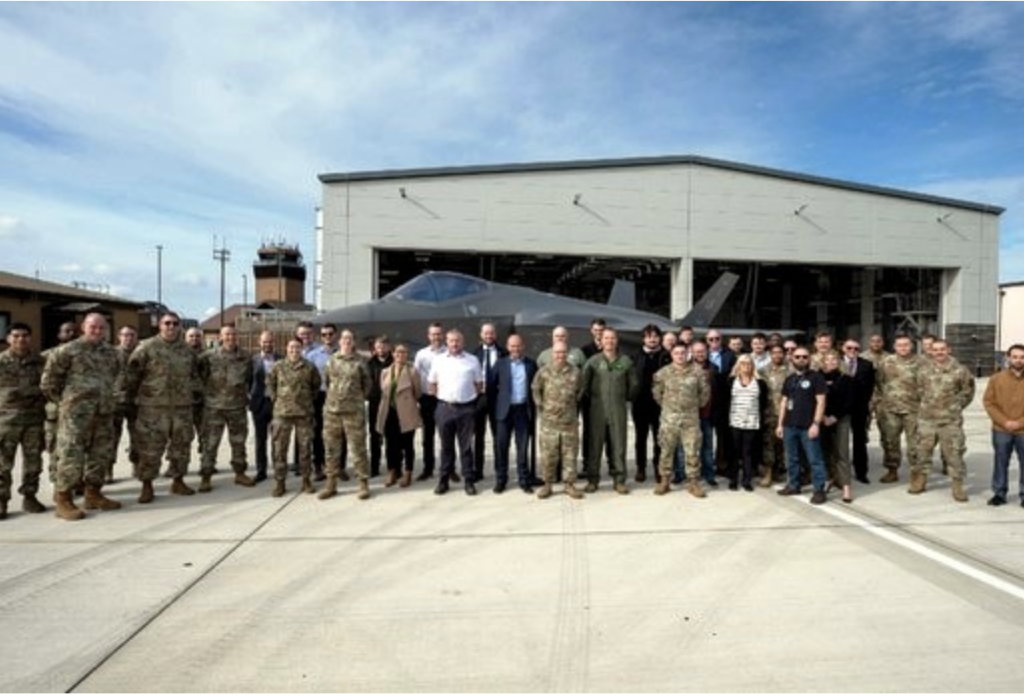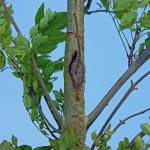News - Construction News
DIO completes new maintenance facility for US Air Force F-35 jets

The Defence Infrastructure Organisation (DIO) and its contractors have celebrated the opening of a new F-35 facility for US Air Force jets at RAF Lakenheath.
The fuel cell maintenance facility forms part of a multi-million dollar programme of investment in the site to allow the US Air Force to operate state-of-the-art F-35 aircraft from the Suffolk airbase. The building allows 48 Fighter Wing to service and maintain the aircraft’s fuel cell system.
The facility is a steel-framed maintenance hangar with support accommodation and bays for two aircraft. It was constructed by the KVF35 construction partner, a joint venture between Kier Group and VolkerFitzpatrick. DIO’s delivery partners for all the works at RAF Lakenheath, including the fuel cell maintenance facility, are Mott MacDonald and Jacobs.
The building has been designed to include a F-35A jet fuel purging system and a large variety of equipment for engineering services, all while following the same architectural style as other buildings already constructed on the F-35 project.
Steve Rix, DIO’s Programme Director, said: “F-35s are complex, advanced pieces of machinery with many moving parts that need to be kept in top condition for the effective operation of the aircraft. The fuel cell maintenance hangar is a vital part of that process and will allow our colleagues from the U.S. Air Force to keep their F-35s in top condition.
“I would like to thank the DIO team, Mott MacDonald, Jacobs, KVF35 and our US friends for seeing this over the line. We’re delighted to see this facility open and look forward to seeing it in operation.”
Nick Mann, Operations Director for Strategic Projects at Kier Construction, said: “Alongside our partner Volker Fitzpatrick, we have worked closely with the DIO to build a state-of-the-art hangar that is worthy of serving the F-35 aircraft. We are pleased that the hangar is now in operation and ready to serve an essential maintenance function in the U.S. Air Force.”
During construction the team had to pay close attention to the local ecology, with schedules amended to avoid rare nesting birds, protecting nests and chicks until they had fledged. The construction also employed three apprentices through the supply chain, giving them valuable experience of a major project.
U.S. Air Force photo by Airman 1st Class Austin Salazar
If you would like to read more stories like this, then please click here
Related Articles
More News
- UK Introduces New Trade Measures to Support Steel Sector
11 Jul 25
Steel producers across the UK will benefit from stronger trade measures from 1 July.
- Clean energy future to be ‘built in Britain’
10 Jul 25
The Clean Energy Industries Sector Plan comes into force to ‘build it in Britain’.
- Thousands more to get the tools they need to start construction careers
9 Jul 25
Thousands of people are set to benefit from on-the-job training and career opportunities in the






